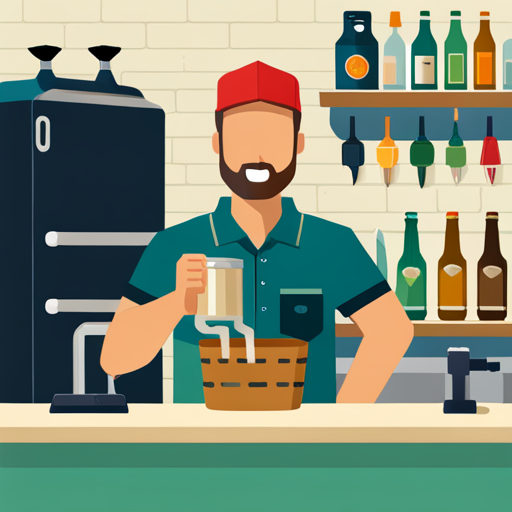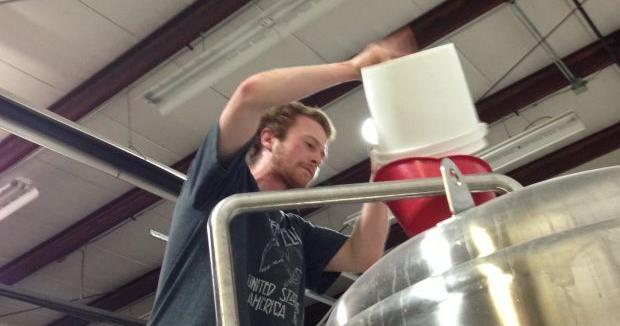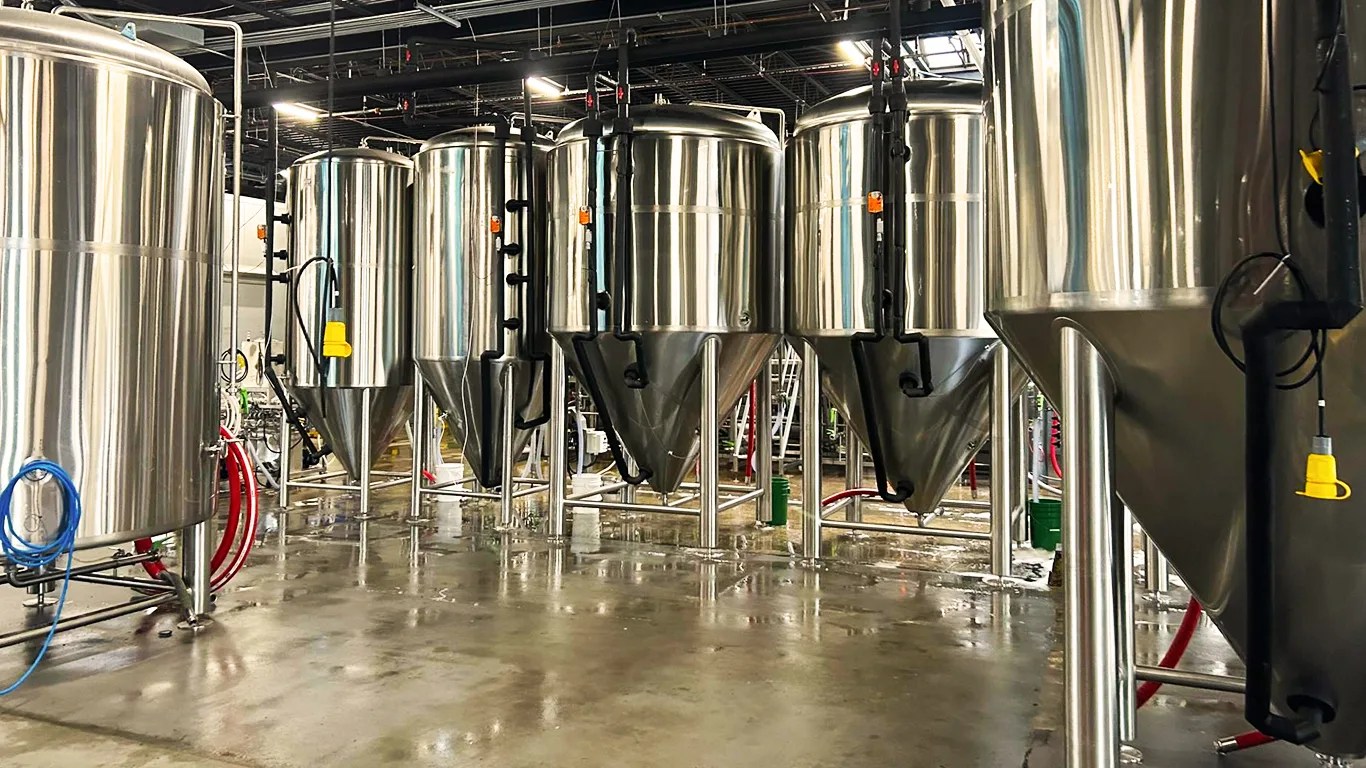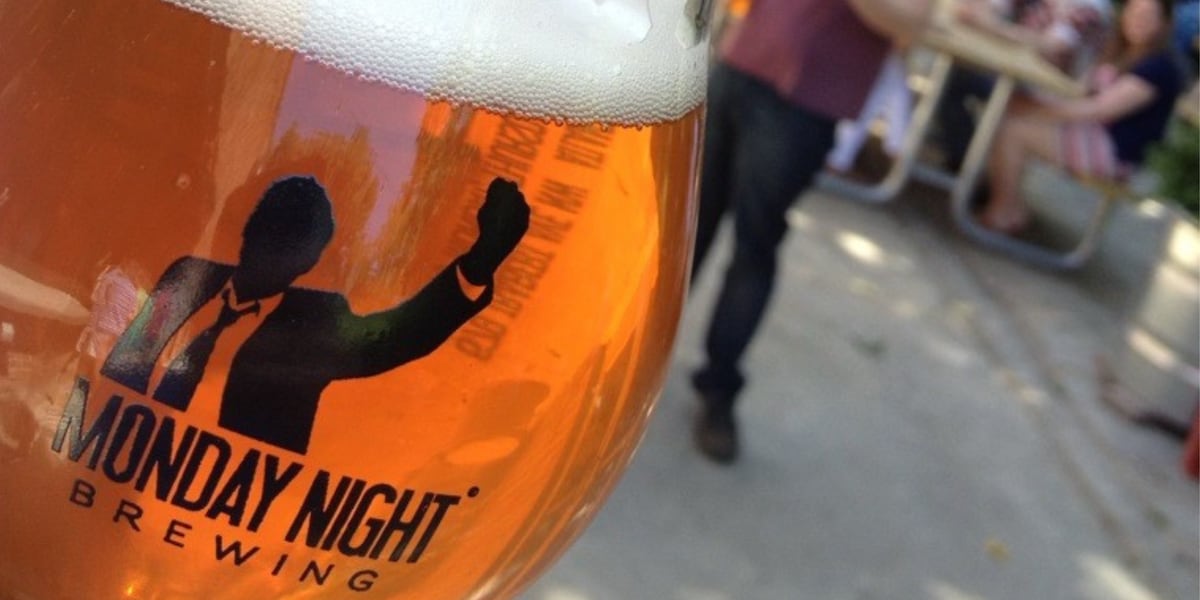Racking, Packing, and Carbonating: Packaging Your Beer at Home
Introduction
Homebrewing has become a popular hobby for beer enthusiasts around the world. The satisfaction of crafting a delicious beer from scratch is unmatched. While the brewing process itself is exciting, the moment of truth comes when it’s time to package your beer. In this article, we’ll uncover the secrets of racking, packing, and carbonating your beer at home.
Racking: Transferring Your Beer
Racking is the process of transferring your beer from the fermenter to another vessel, usually a bottling bucket or keg. This transfer serves two purposes – separating the beer from any sediment or debris left over from the fermentation process and giving you the opportunity to add priming sugar for carbonation.
Step 1: Sanitization
Before transferring your beer, make sure all your equipment is properly sanitized. Any contamination at this stage can ruin your entire batch. Clean the fermenter, tubing, racking cane, and any other tools with a suitable cleaning agent.
Step 2: Siphoning
Once everything is sanitized, it’s time to start the siphoning process. Attach a racking cane, which is a long plastic tube, to your tubing. Gently place the racking cane in the fermenter, ensuring it stays above the sediment layer. Insert the other end of the tubing into the bottling bucket or keg, making sure it’s secure.
Step 3: Let It Flow
Start the siphoning by creating an initial flow of liquid. You can use a racking cane clip or a thumb to control the flow. Be cautious not to disturb the sediment while siphoning. Let the beer flow steadily into the bottling bucket or keg.
Packing: Bottling or Kegging Your Beer
After racking, it’s time to decide whether you want to bottle or keg your beer. Each method has its pros and cons, but both options offer a delightful way to enjoy your homebrew.
Bottling
If you choose to bottle your beer, it allows for easy sharing and portable enjoyment. Bottles come in various sizes, from standard 12-ounce to larger 22-ounce options for special brews.
Step 1: Priming Sugar
Before filling your bottles, you’ll need to add priming sugar to create carbonation. You can use online calculators to determine the appropriate amount of sugar for your desired carbonation level. Dissolve it in a small amount of boiling water, then add it to your bottling bucket.
Step 2: Filling
Attach a bottle filler to the end of your tubing and insert it into each bottle. Depress the filler to start the flow and slowly fill each bottle, leaving a small headspace at the top. Cap the bottles with sanitized caps using a capper tool.
Kegging
Kegging provides convenience and eliminates the need for individual bottle cleaning and sanitization. It’s a popular choice among homebrewers who want to have a draft system at home.
Step 1: Carbonation
If you choose to keg your beer, you’ll need to force carbonate it using CO2. Attach a CO2 tank to your keg and set it to the desired pressure level. The time required for carbonation may vary depending on the style and temperature.
Step 2: Dispensing
Once properly carbonated, attach your dispensing system to the keg and enjoy fresh, draft beer at home. You can choose between a variety of taps and systems depending on your preference and budget.
Conclusion
With racking, packing, and carbonating, you can complete the final steps in the homebrewing process and savor your carefully crafted beer. Whether you choose to bottle or keg, these methods will allow you to enjoy your beer at its best. So go ahead, raise a glass, and toast to your success as a homebrewer!






